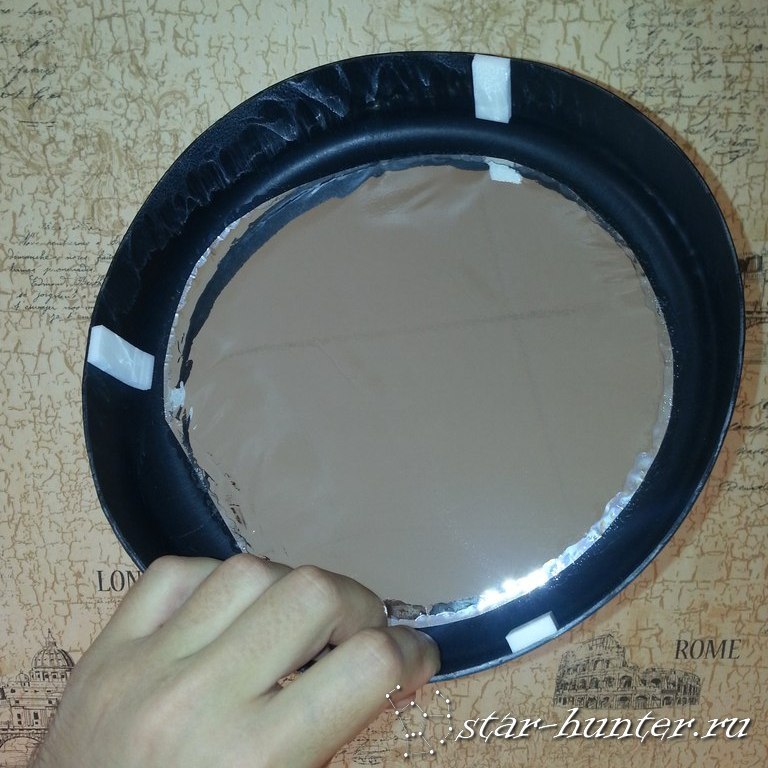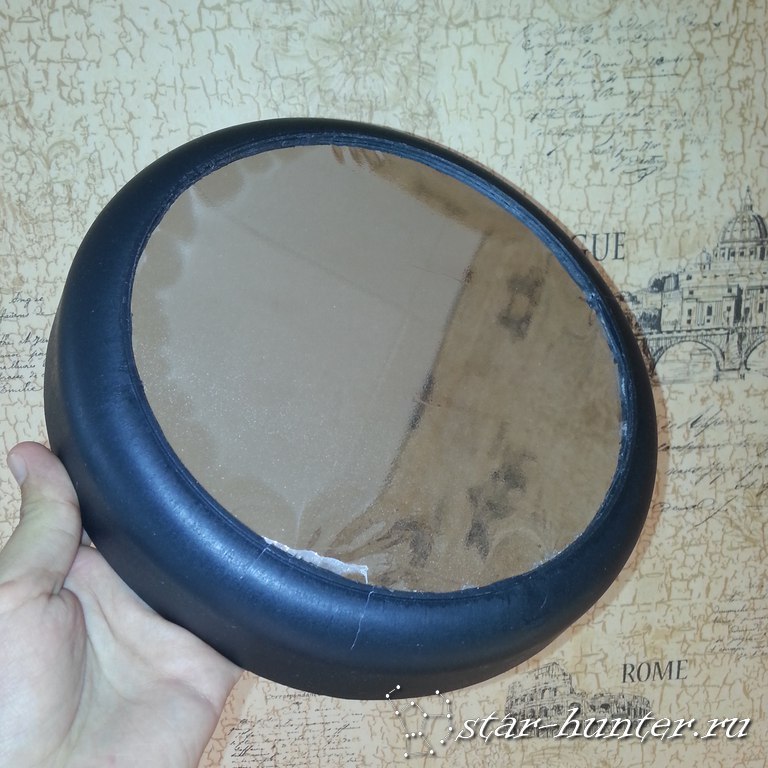The stars in any telescope are visible as points, since they are at a giant distance from us. The only star on which you can see at least some details is the Sun.
In this article I will talk about ways to observe the sun. The jokers and those who are not in the subject will say – “Y-s, you can look at the Sun in the telescope 2 times – once with the right eye, and once with the left!”. And there is some truth in this – IN THE USUAL TELESCOPE WITHOUT SPECIAL PROTECTIVE MEANS (SOLAR APERTURE FILTER) WATCH IN THE SUN IT IS UNACCEPTABLE! The concentration of sunlight at the focus of the telescope and at the exit from the eyepiece is so high that you can instantly and forever lose your sight. So be careful, do not leave the telescope unattended to children, and ALWAYS tell them that IN THE SUN, WATCH IN THE TELESCOPE IS IMPOSSIBLE! NO HANDMADE FILTERS – NO “DISCS”, NO CDS, NO MASK OF WELDERS, NO TONING FILM – ONLY RELIABLE FIXED APERTURE FILTER FROM A SPECIAL FILM OR CLEAN!
Only sometimes, when the Sun is on the horizon, due to the absorption of light in the atmosphere, the brightness can decrease to a safe level, however, viewing without a filter can still be dangerous.
So, he told about precautionary measures, now we turn to the methods of observing the Sun.
1) The first, as well as a simple, cheap and safe way is an aperture solar filter. It can be made of a special film or glass that attenuates solar radiation several tens of thousands of times, allowing you to safely observe the sun. The filter must be VERY RELIABLE ATTACHED to the front of the telescope so that neither the wind, nor the adhesive tape that has peeled off in the heat, nor any other studit joker can rip the filter off the optical tibe. The sun through such filters will be seen as a light circle, on which you can notice dark points (sun spots) and light areas (flare fields). With sufficiently large apertures (from 100mm), you can see solar granulation. The color of the Sun through such filters is either white or yellow. You can buy a ready-made filter in the frame, or you can make the film and the frame yourself. There are special versions of filters – for example, Baader Astrosolar Photo film – you cannot look through such a film with your eyes, but you can take pictures by setting a faster shutter speed and sensitivity.



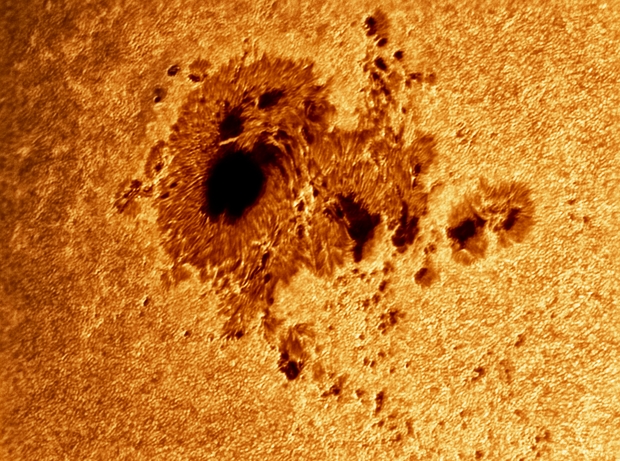

2) If you have a lot of money and have a desire to get acquainted with the sun in a more interesting light – I recommend buying a chromospheric solar telescope. In such a telescope, the Sun looks orange-carrot in color, since a special filter in the telescope emits a certain wavelength – the Ash-alpha hydrogen line. Giant plasma surges are visible – prominences, as well as bright active areas (solar flares). In the hydrogen line, the Sun is very variable and dynamic – a change in the shape of prominences becomes noticeable even with short observations (20..30 minutes). The chromospheric telescope does not need an aperture filter – all filters (blocking filter, as well as narrow-band Al-alpha) are already installed inside. One of the most popular and accessible to fans of the chromosphere telescope is called Coronado PST. There are several modifications of Coronado – hydrogen (H-alpha) and calcium. For visual and photographic observations, it is the hydrogen variant that is of interest, since the Sun in the calcium line is not as bright and impressive as in hydrogen. Also, using a special gomali lens, you can “cross” a chromospheric telescope with a large aperture refractor telescope (from 70 to 150 mm!). At the same time, the number of details in the chromosphere of the sun increases many times! You can read more information on Coronado at link.
P.S. There is also another line of chromospheric telescopes called Lunt (in several versions – hydrogen and calcium), as well as a special filter Quark.

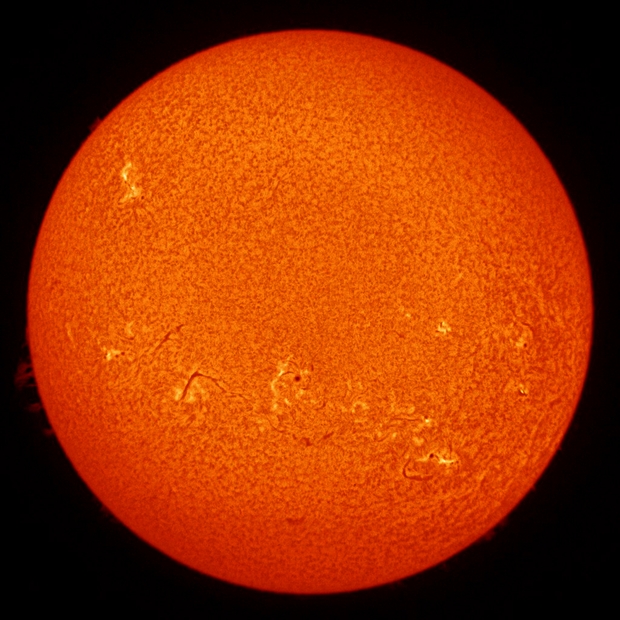
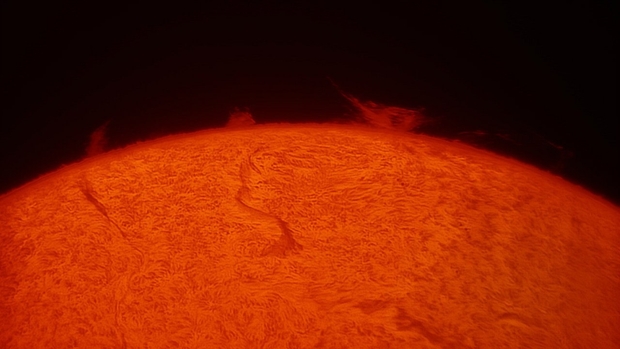
3) The third observation method is projection. We point the telescope on the Sun (yes, without filters) and project the image from the eyepiece onto an white screen. Pros – it is safe for sight (EYES TO THE Ocular are NOT POSSIBLE!), It is possible to observe a whole group of people. Cons – overheating of the optics (both the secondary mirror and the eyepiece), so the telescope must be diaphragmed (to avoid overheating). In general, given the penny prices for solar aperture filters, I DO NOT RECOMMEND USING THE PROJECTIVE METHOD. Moreover, often the eyepieces inside are plastic – melt them with a focused sunbeam.
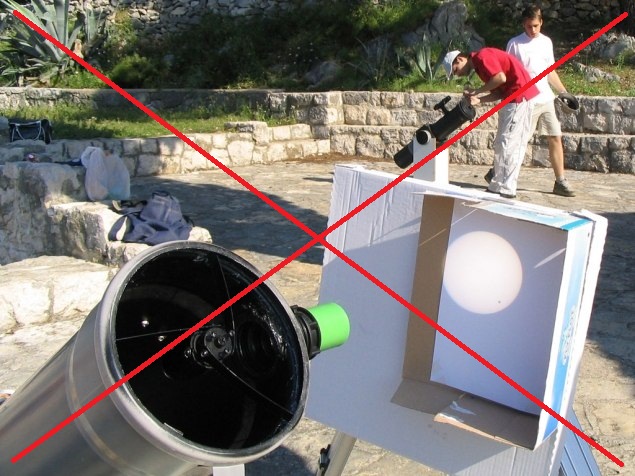
4) There is another way – an ocular solar filter. The telescope is diaphragmed to a small diameter (about 30 … 40 mm), a black glass is screwed into the eyepiece, absorbing excess sunlight. Such filters are sometimes bundled with a telescope, and they are also full on chinese sites. I also DO NOT RECOMMEND this method of observation – the glass can overheat and burst, and the observer will become one-eyed. In addition, black glass can easily transmit infrared radiation. DANGEROUS!
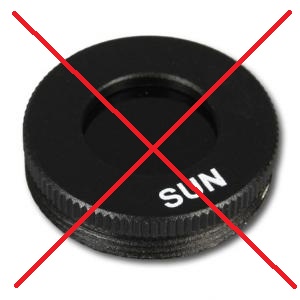
SUMMARY. I advise newcomers to purchase either an aperture solar filter (ready-made in the frame) or Baader Astrosolar Visual film. If finances allow, and I also want to see the amazing processes taking place in the chromosphere of the Sun – feel free to take Coronado PST H-alpha:) Have a nice shopping and observation! There will be questions – ask, I will answer with pleasure!

